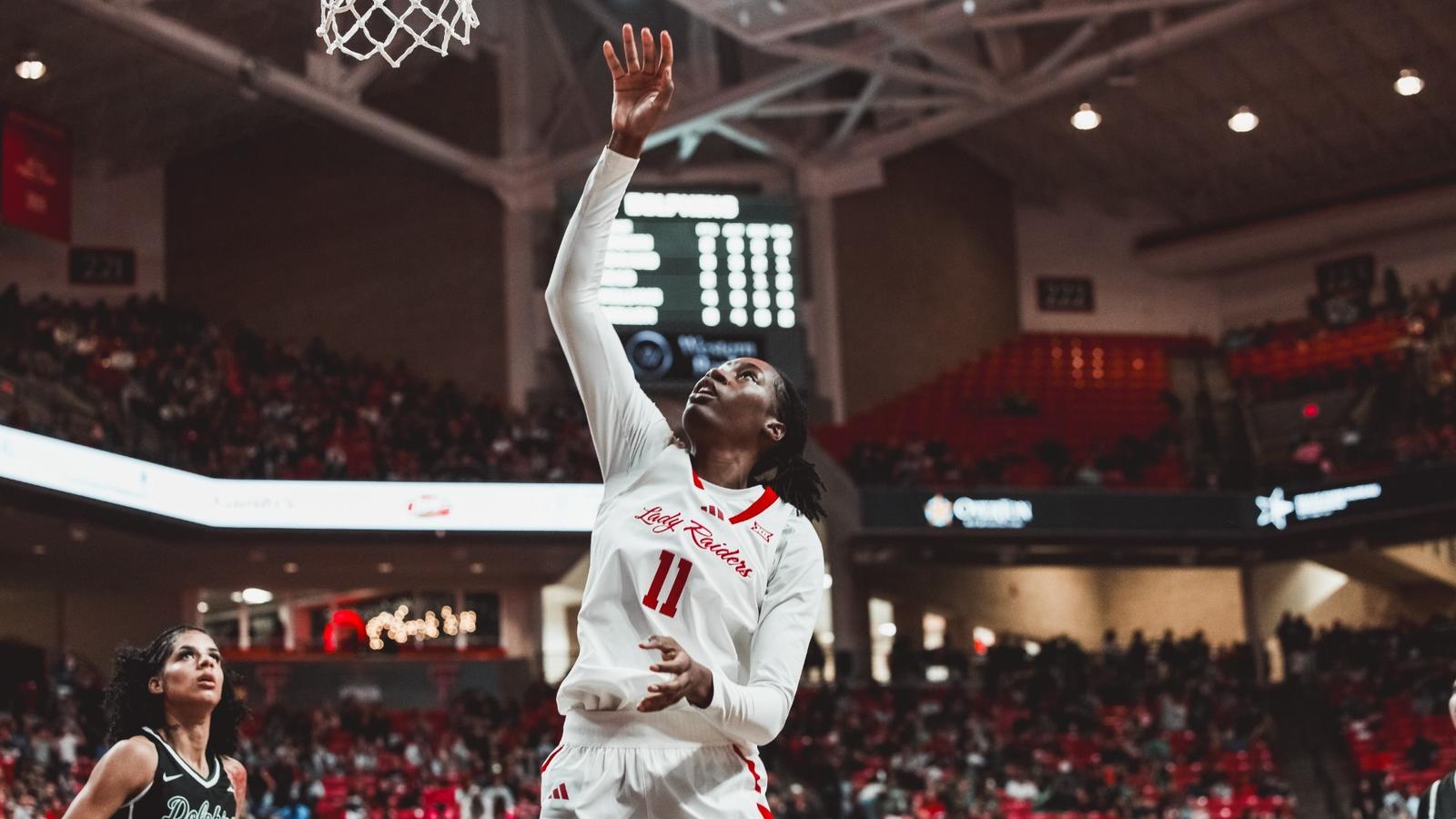As James Madison held onto a 17-14 lead at halftime of the Sun Belt championship game on Dec. 5, fans at chilly Bridgeforth Stadium felt tension.
Senior linebacker Trent Hendrick felt inevitability.
“When you’re out there playing, you can tell…

Senior linebacker Trent Hendrick felt inevitability.
“When you’re out there playing, you can tell…
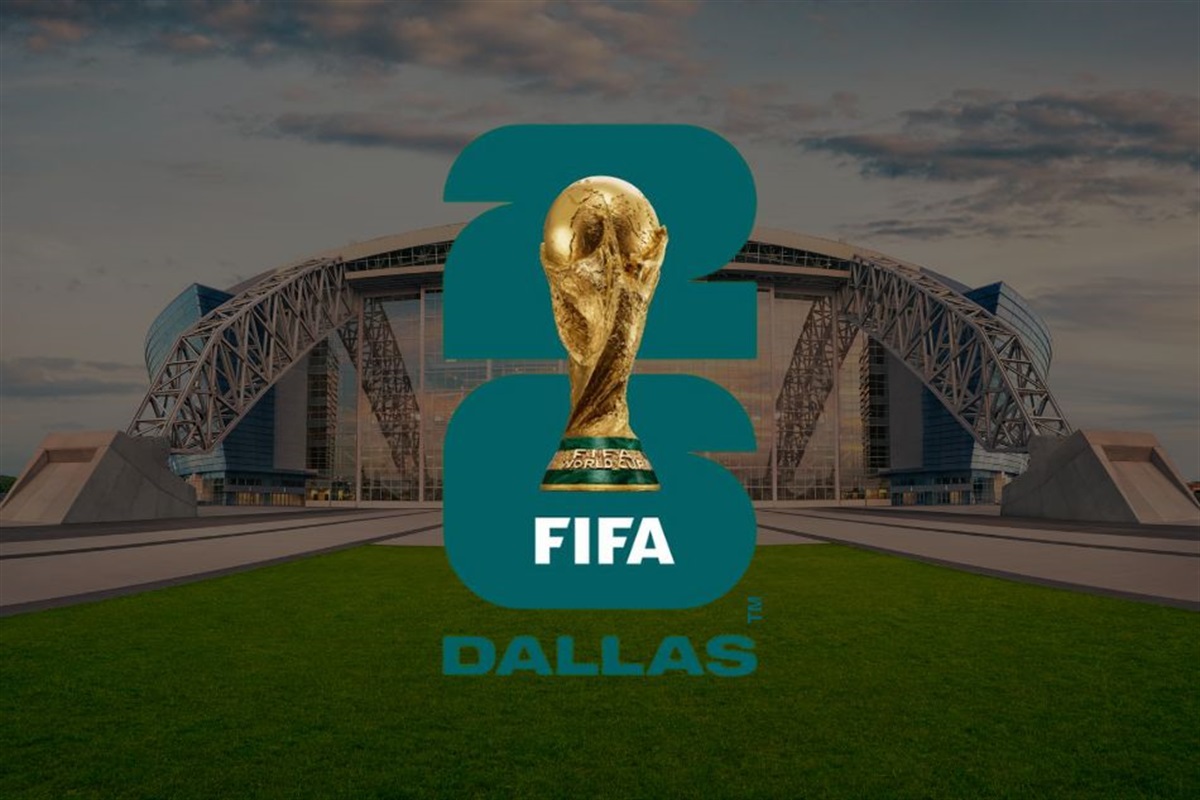
Published on December 17, 2025
By Susan Schrock, Office of Communication
Setting up and running the FIFA World Cup 2026™ in North Central Texas will require everything from catered lunches to cleaning…
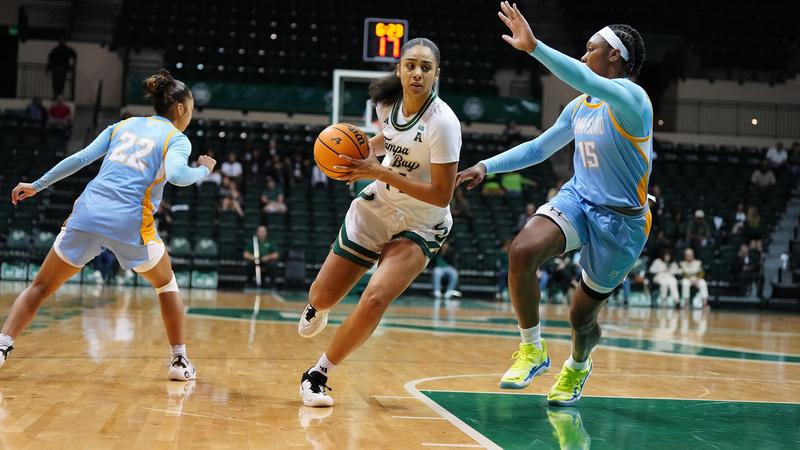
TAMPA, Fla. (December 17, 2025) – The…

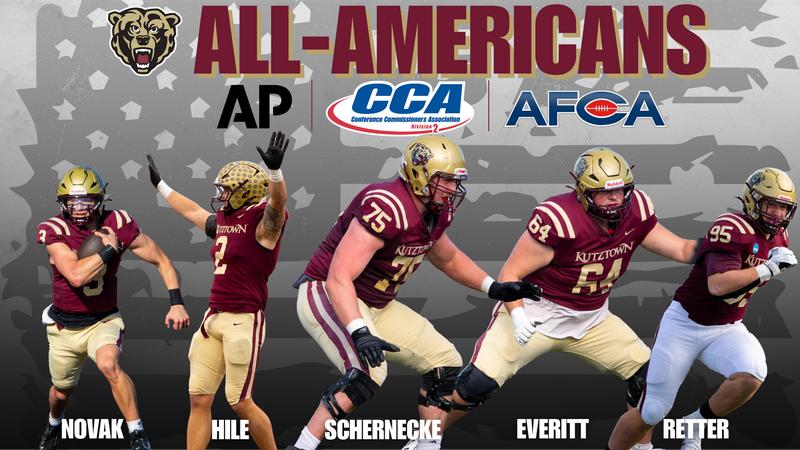
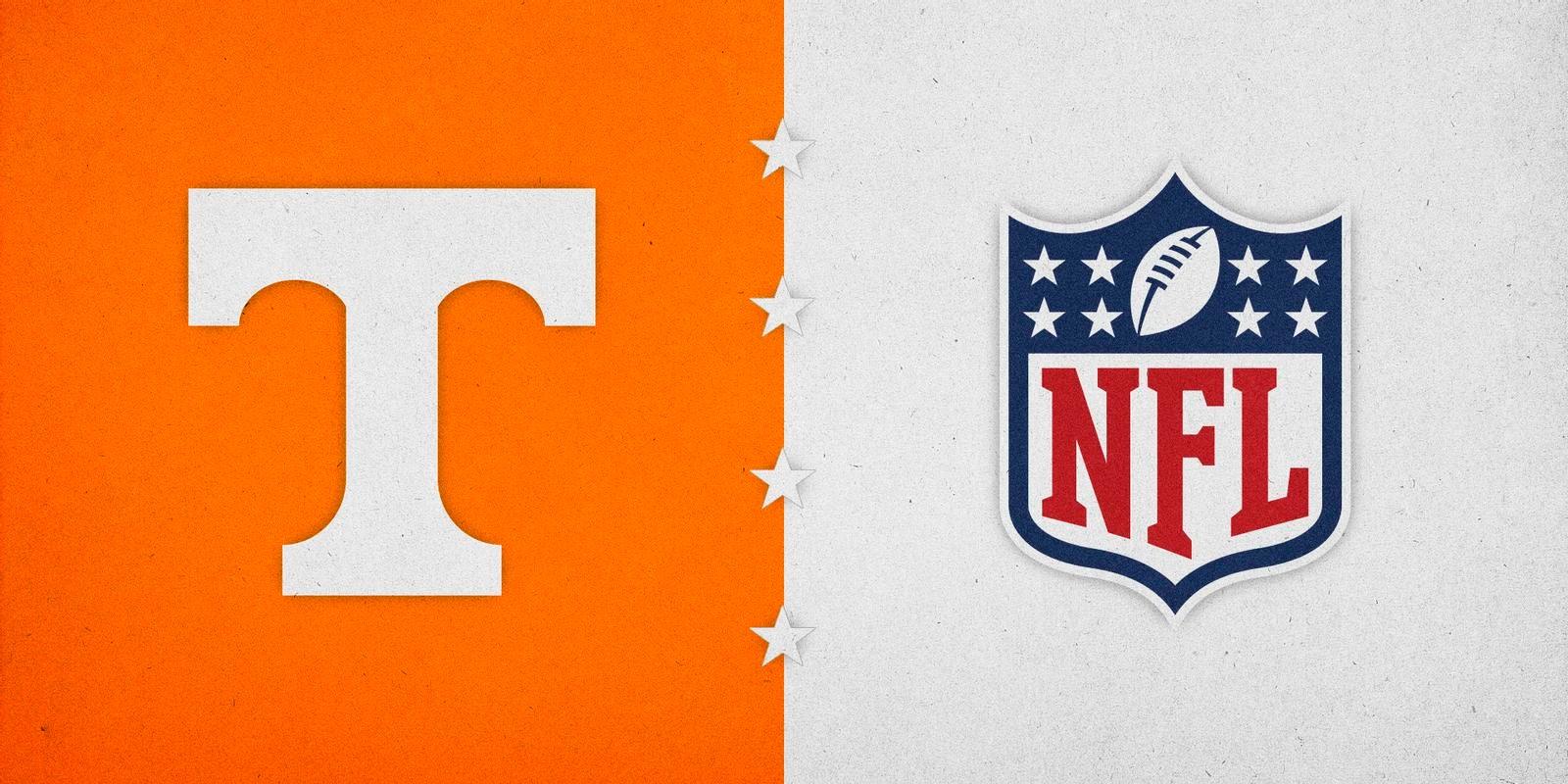
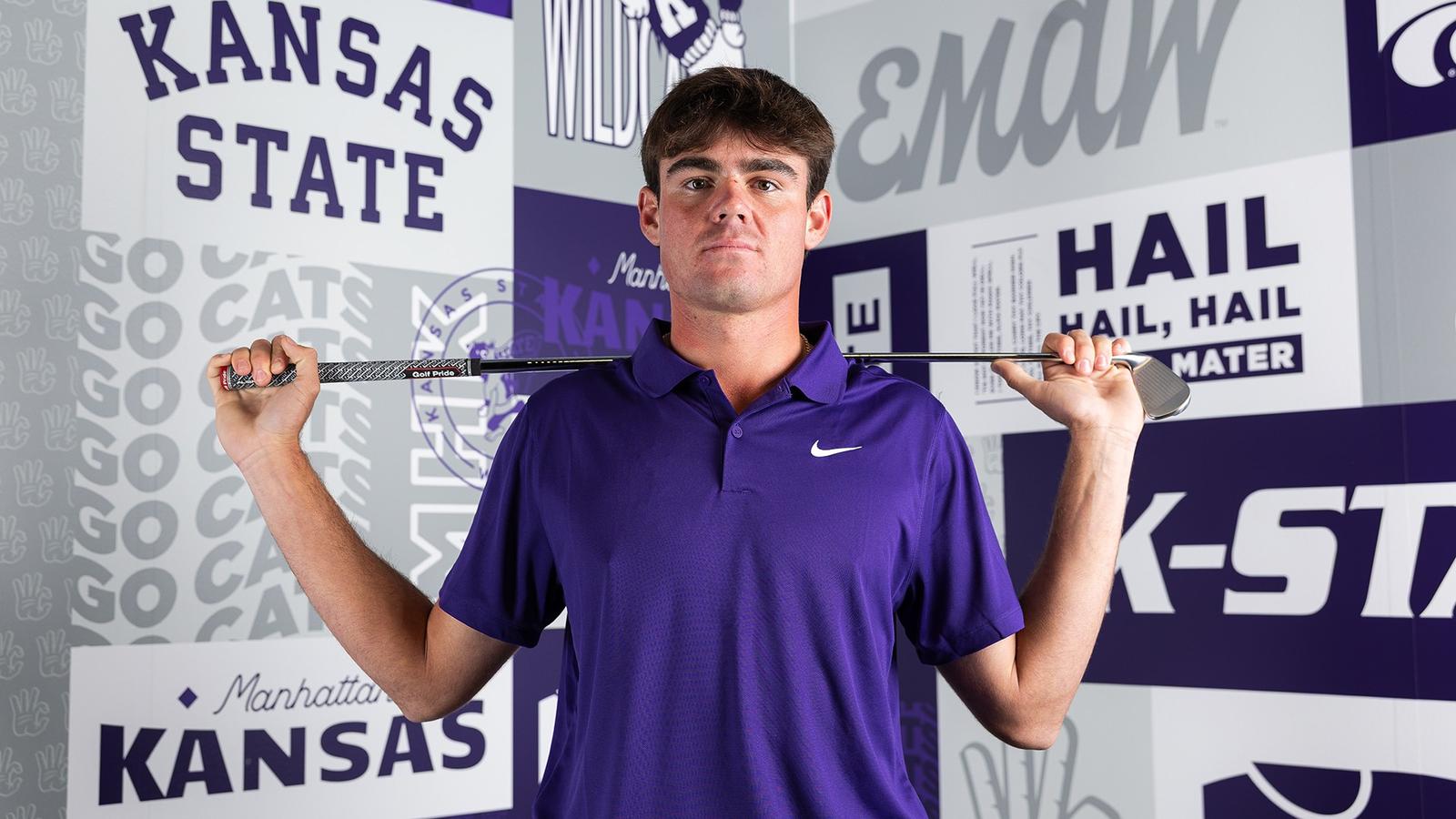
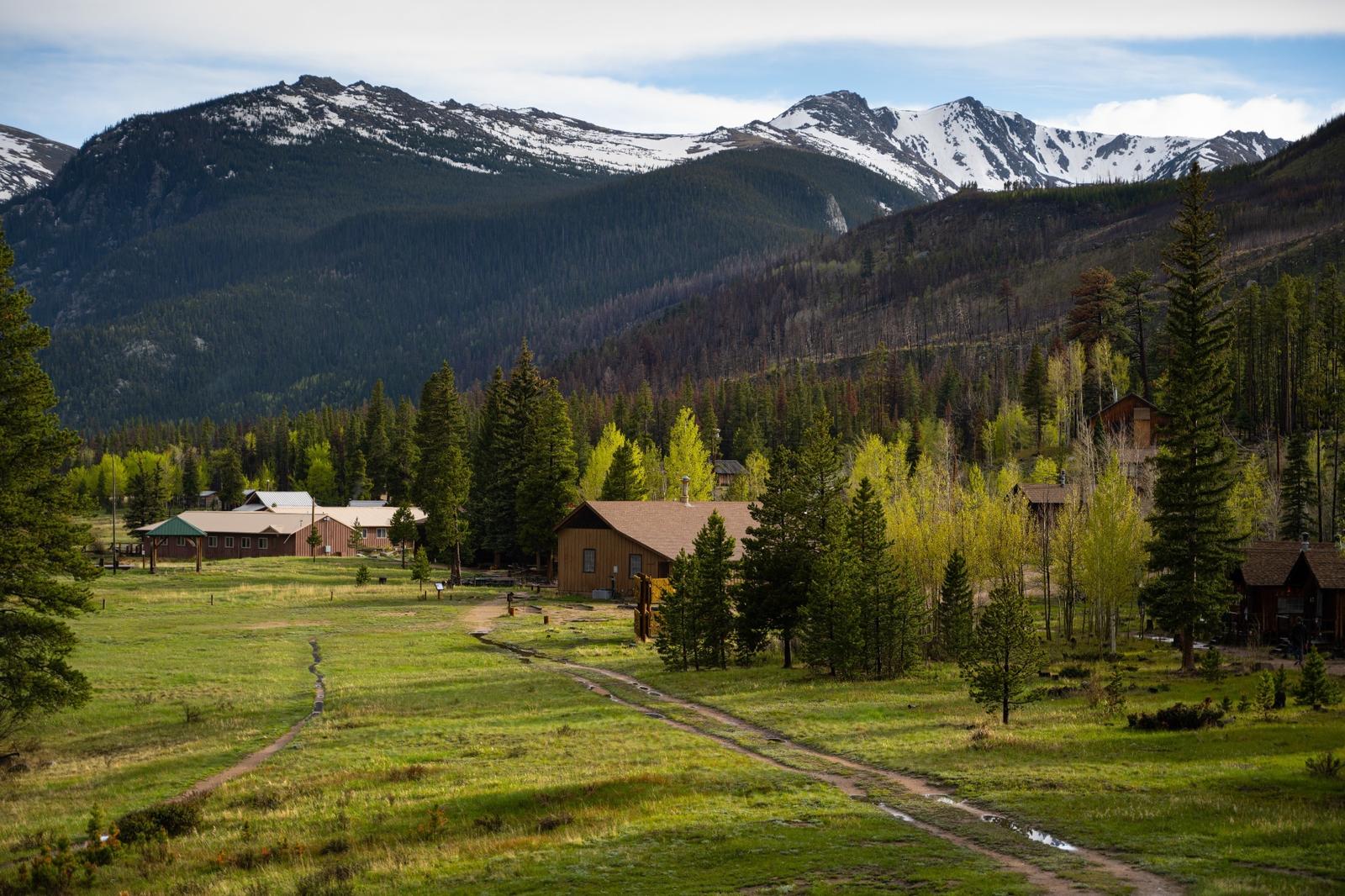
The camp has returned for its second installment after a successful inaugural…
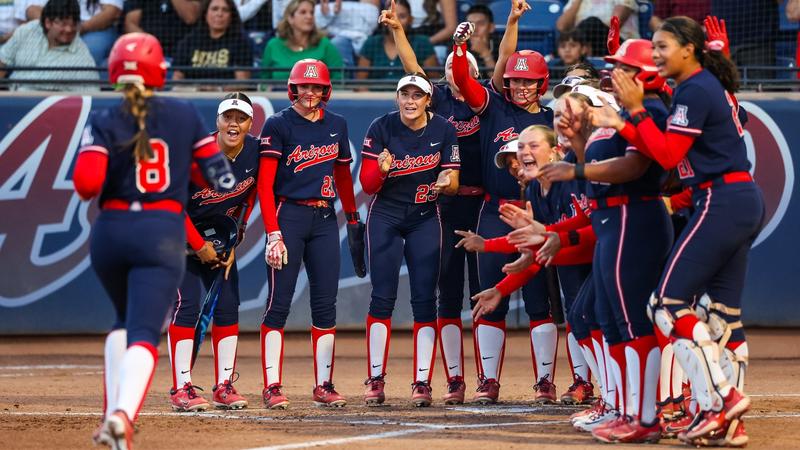
TUCSON, Ariz. – Arizona Softball announced the full 2026 schedule, featuring 29 home games at…
